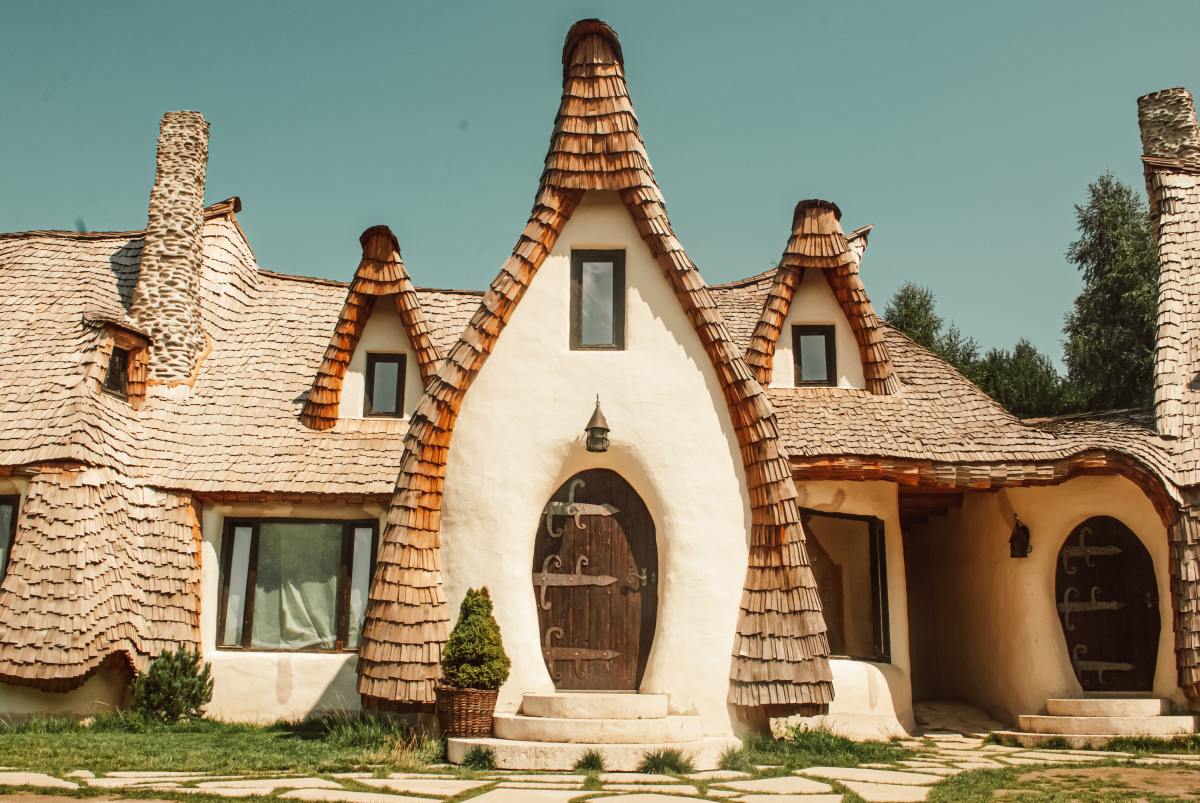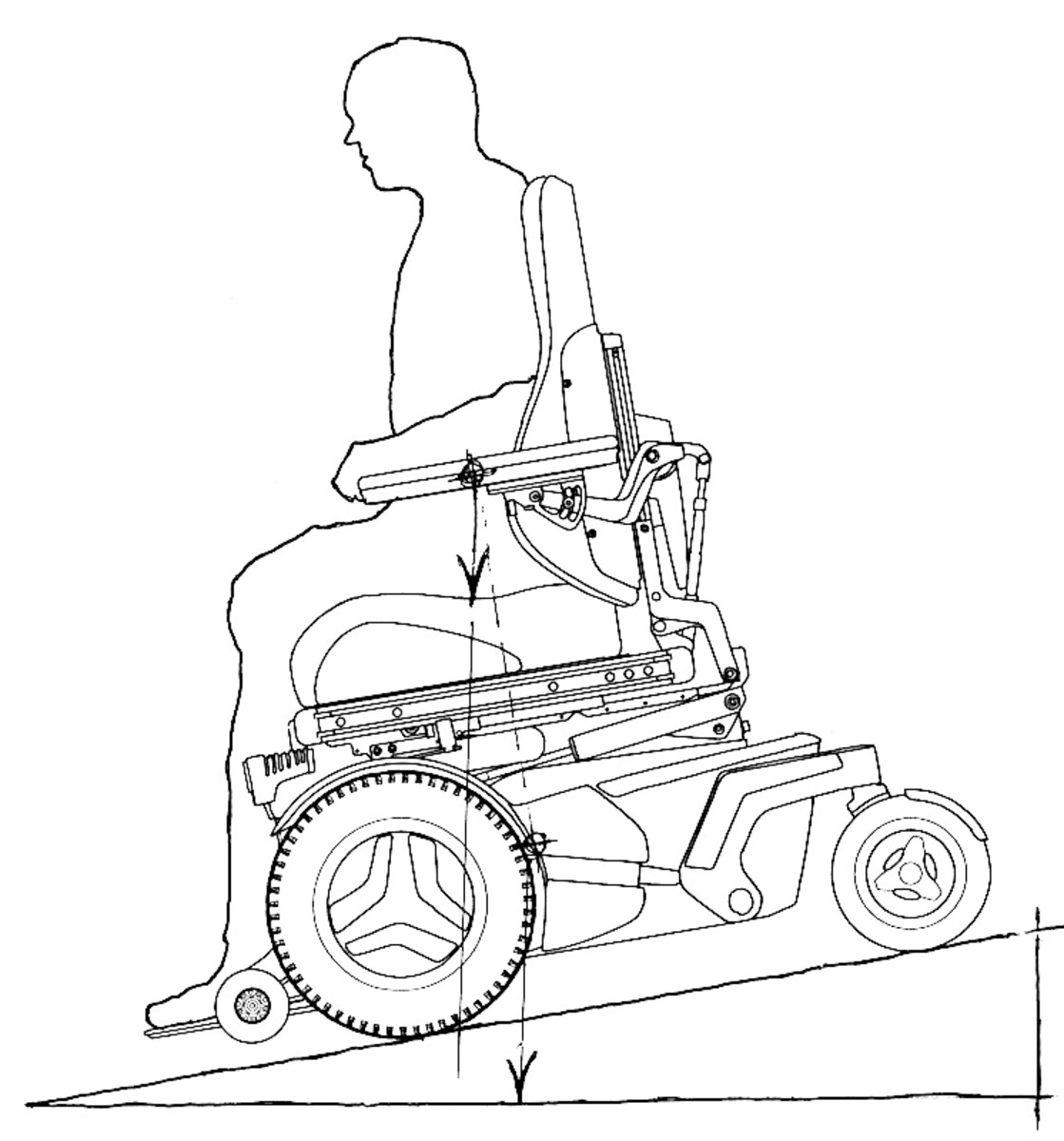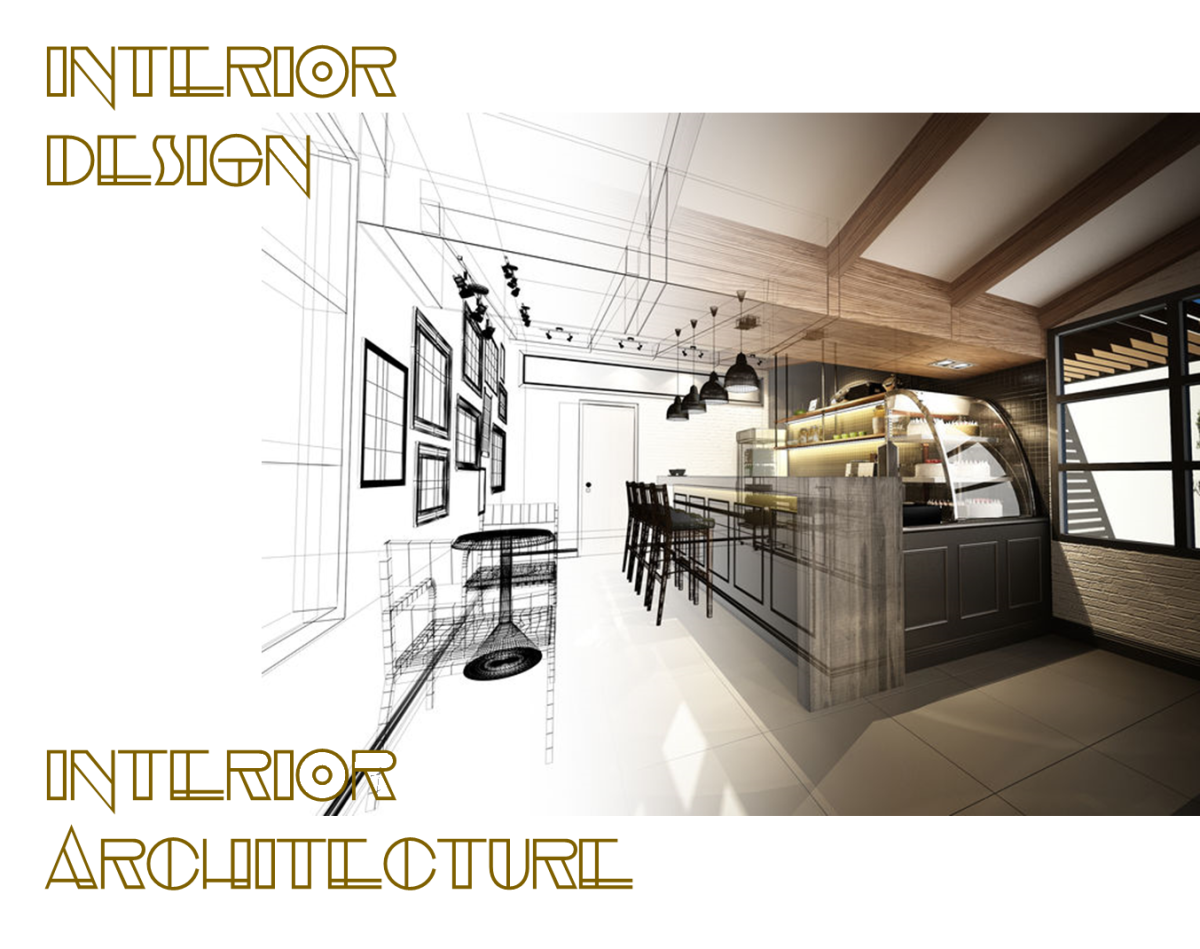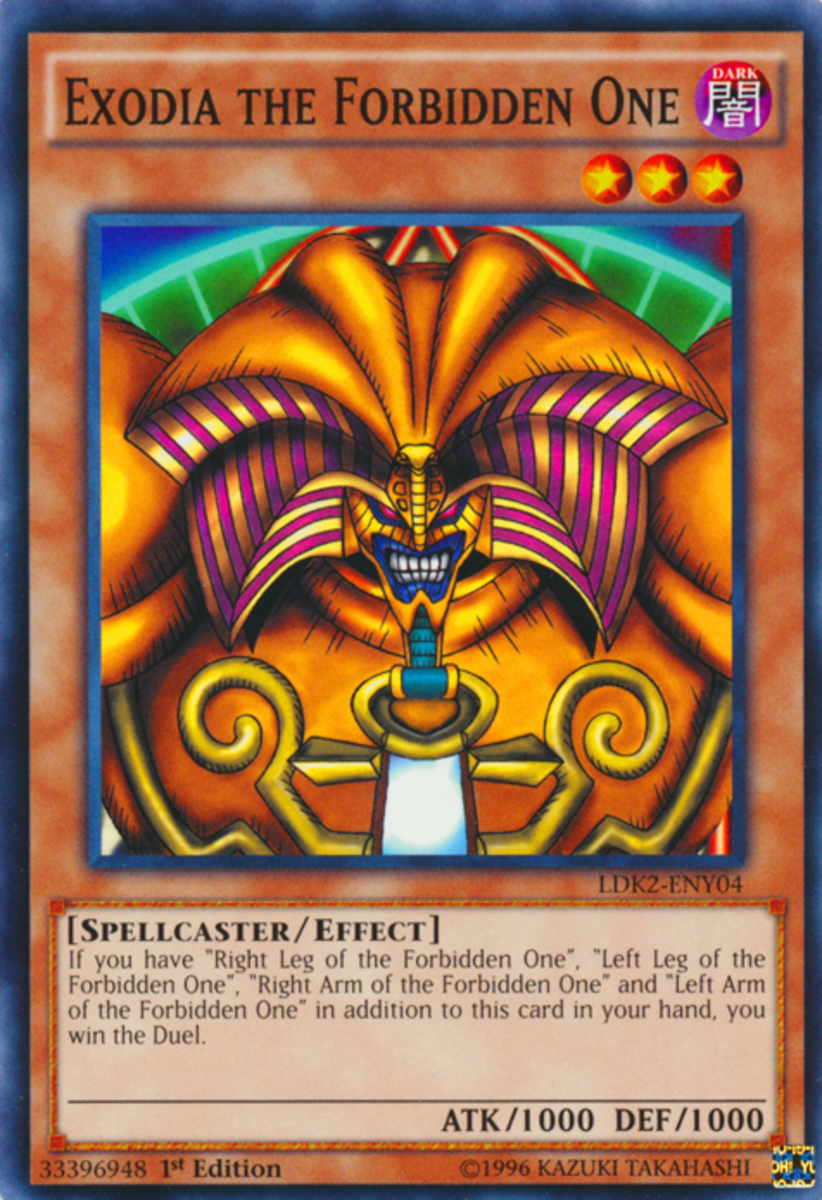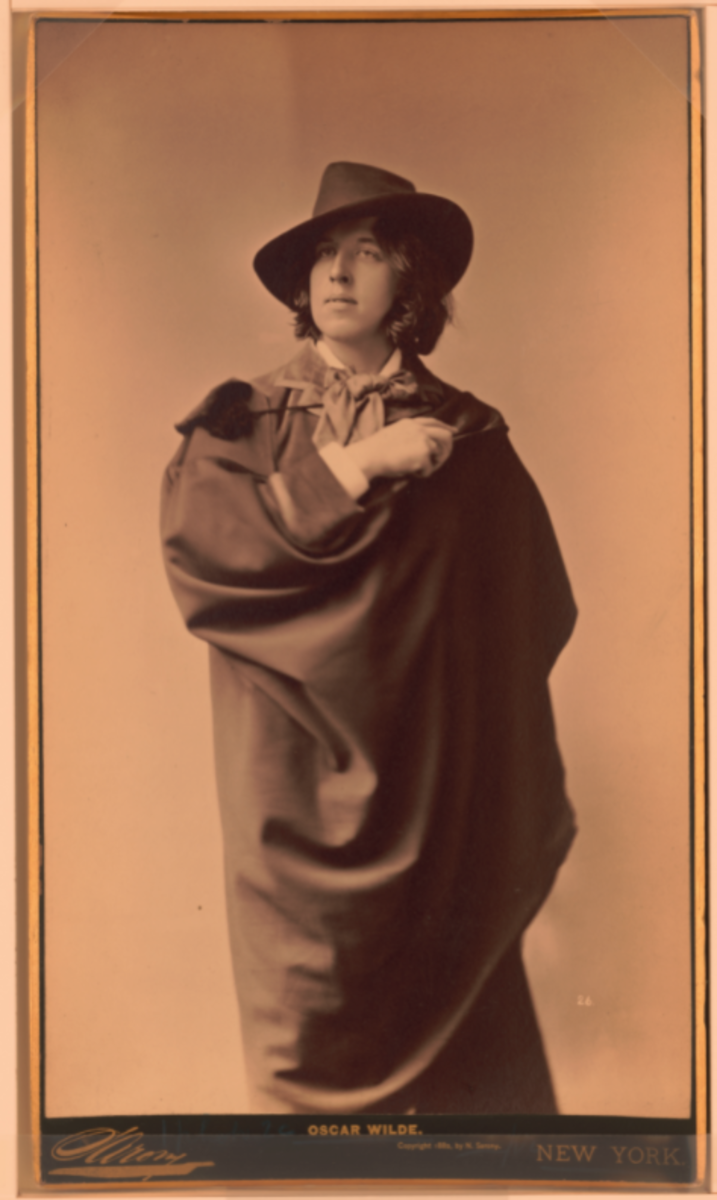Postmodernism in Architecture and Design
The term postmodernism was used in the context of architecture, design and art in the 1970s to describe reactions to modernism. In Complexity and Contradiction in Architecture (1966) Robert Venturi explains the characteristic features of postmodern architecture's complex nature. In contrast to modernism's maxim "less is more", crossings, ambiguity, distortions and lack of context are emphasized as characteristic. Venturi opens up to diversity rather than unity in expression; "I prefer confused vitality rather than overt harmony. I go for the non-repetitive and proclaim the contradictory".
Postmodernism as inclusive
From the first to be associated with architecture, the use of the word postmodernism is transferred from architecture theory to describe designs that made use of new and unusual materials, boundary crossing, colorful surfaces, symbol use, reproduction of historical architectural styles, combinations of minimalist form and lush ornament. Historical styles were juxtaposed with contemporary expressions. Postmodernism shows itself as inclusive, a both and, and not an either or.
The indeterminate and the inherent
Ihab Hassan has defined postmodernism by comparing the concepts of indertminacy and immanence in the term indetermanance; indeterminable. According to Hassan, the term summarizes two tendencies of postmodernism that are not dialectical; the indeterminate and the inherent. All in all, it will not result in a synthesis, but he still believes that the sum of the interpretation possibilities may lead to a possible definition of postmodernism.
From mass production to smaller series
The term postmodernism refers to intellectual, aesthetic and cultural forms of expression in a society, and thus refers to for example different styles.
As a cultural expression, postmodernism will be part of a postmodern society, understood as the political, economic and social. Seen in an economically and socially unified context, postmodernism also pointed to a shift in the industrial process during the transitions from the 1970s to the 1980s in line with many other new patterns of consumption. In addition to mass production along the lines of Fordism, the industry began to facilitate, among other things, production in smaller series. The designer was given greater freedom related to industrial production, and opportunities to exercise their own creativity and create unique. This meant a distinction in design practice.
Post industrialism and postmodern expression
With this transition, defined as post-industrialism, a new concept is introduced; "opera d´arte utilizzabile" (handicrafts). Post-industrialism shows such an approach to postmodern expression in design, and together they show a new turn in society; "In describing society, one speaks of the postmodern state, when describing the transition from industrial culture to information society. In the art world, it was the abandonment of art's role as an avant-garde that conditioned the new."
References
The term postmodernism was used in Anglo-Saxon literature; (...). Arild Linneberg, in the article. "A Report on Knowledge" in Morgenbladet, July 16, 2010. Author and literary critic Eivind Røssak points out that the first source-covered use of the term postmodernism, was postmodernism in Antologia de la poesia española y hispoamericana 1882-1932, by Frederico de Onis.
Woodham, A Dictionary of modern design, page 348.
Robert Venturi quoted in Nils-Ole Lund, Arkitekturteorier siden 1945, (Copenhagen: Arkitektens Forlag, 2001), page 136 and 140.
Charlotte & Peter Fiell, Guida al Design: Concezioni. Materiali. Stili. (Köln: Tasche, 2006), page 148.


